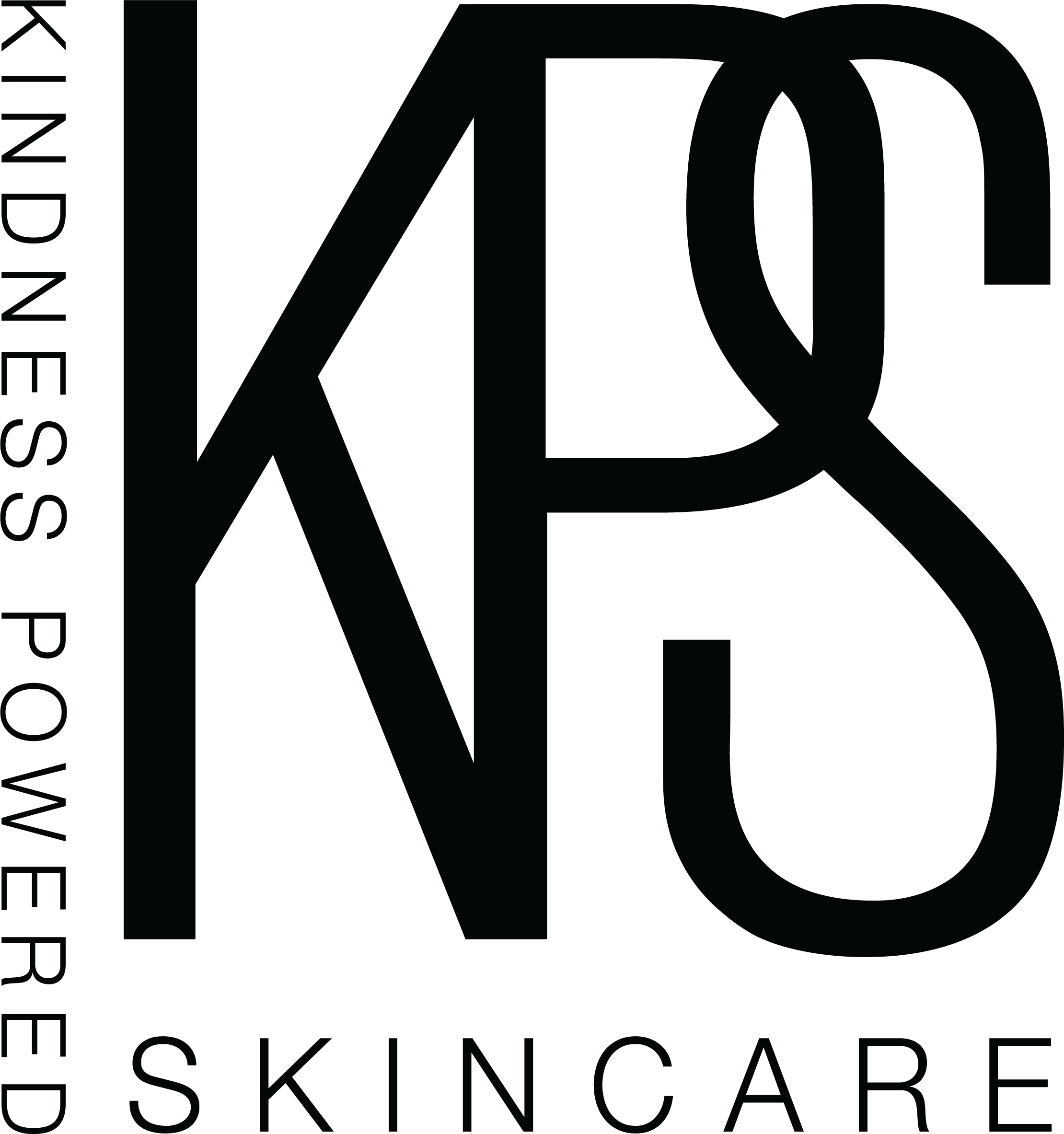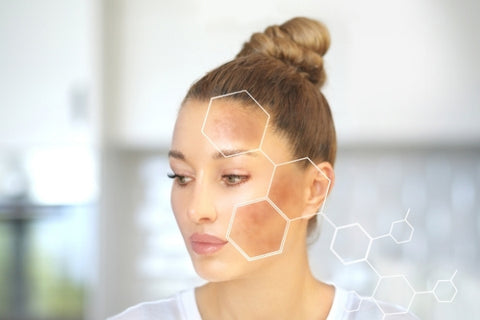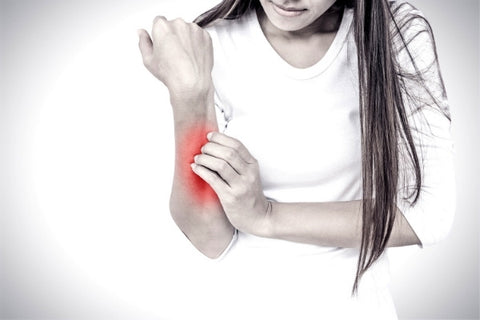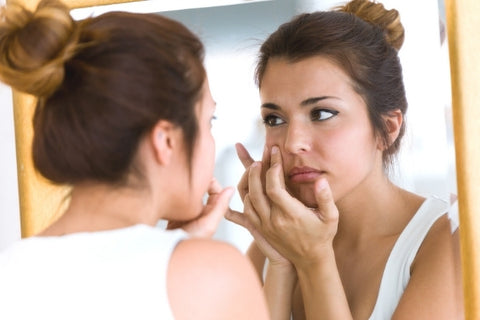Hello, beauties!
It’s that time of year again: pumpkin lattes, sweaters, falling leaves, and falling temperatures! With all of that comes another unfortunate reality - our summer tans will be fading and the damage it sometimes brings with it will be all that remains.
With that in mind, I wanted to talk a little bit about skin discoloration - or hyperpigmentation - and what you can do to prevent it, treat it, and otherwise keep your skin looking as glorious in October as it did in July.
What is Hyperpigmentation?
"Hyperpigmentation is caused by overproduction and irregular distribution of melanin in the skin," explains Nancy Samolitis, a board-certified dermatologist in Long Beach, California. The skin can overproduce pigment (melanin) for many reasons, but the most common is extended sun exposure. When your skin is unprotected and exposed to the sun's rays, melanocytes trigger the production of more melanin. This production is your skin’s natural defense for sun exposure.
"When the pigment is evenly distributed, it appears as a 'tan’, but over time and with increasing sun exposure, most of the pigment ends up being distributed unevenly," says Samolitis. This uneven distribution is hyperpigmentation, and it can take form as freckles, age spots, or even melasma.
4 Types of Hyperpigmentation
- Age spots: As the name implies, this is a common sign of skin aging, and is a form of hyperpigmentation caused by overexposure to UV rays. The face, neck, forearms, and hands typically see the most sun throughout our lives, and will naturally produce the most age spots if left untreated.
- Post-inflammatory hyperpigmentation: This type of discoloration often lingers after specific skin traumas, such as acne, eczema, rashes, scrapes or cuts.
- Melasma: This type of hyperpigmentation is most common in women, and may have hormonal ties. It typically forms as patches of discoloration on the cheeks, the bridge of the nose, the forehead, the chin, and above the upper lip. In many cases, pregnancy may cause the onset of melasma.
- Freckles: While associated with genetics, freckles can become darker and/or more apparent through UV exposure.
Prevention
Now that you have an understanding of exactly what hyperpigmentation is, let’s talk about prevention. As with many skin conditions, prevention is the most effective form of treatment! After all, it’s easier to prevent a problem than to fix it after the fact. So what can you do to prevent hyperpigmentation?
Practice ‘Sun Safety’
"The first step in treating hyperpigmentation is prevention, and that includes sun protection," Samolitis says. "There is no question that the sun stimulates more melanin production, so no treatment will be effective unless the sun is taken out of the equation."
I love the beach as much as anyone, but I only go out when I’m protected! Wear your sunscreen every single day, rain or shine. "Using a daily SPF of 30 or more, ideally with a physical sunblock such as titanium dioxide or zinc oxide, reapplying every two hours if you're out for extended periods of time, wearing hats, and avoiding direct sun exposure are all important," says Jennifer Chwalek, a board-certified dermatologist in New York City.
Don’t Pick!
If your skin is acne-prone, it's important to avoid agitation of the infection sight. Simply put, don’t pick! If you get a cut, Jeanine B. Downie, a board-certified dermatologist in Montclair, New Jersey, suggests covering it with a Band-Aid to avoid having a permanent dark mark or scar there. Also, avoid scratching mosquito bites — that can also cause darkening of the skin, she says.
Use Gentle Products
One of the reasons KPS focuses on sourcing natural ingredients for skincare is that they are gentle on your skin. If the products you’re using are chock full of synthetic chemicals, they may cause irritation in the form of inflammation which can actually WORSEN your hyperpigmentation even as they claim to treat it. Be diligent when it comes to reading labels, folks!
If you’re looking for an eco-friendly way to quickly and effectively transform your hyperpigmentation issues, we just so happen to have an entire routine dedicated to it...
Final Thoughts
Hyperpigmentation is on of the most common skin issues we face, and in a world with a thousand new miracle cures every day, it’s important to be intentional when deciding how to treat your specific skin health issues. I always recommend checking with your doctor before starting any new routine, and - again - always practice sun-safety to begin with.If you’re not sure where to start with your current condition, you can always reach out to schedule a consultation with me as well!





Comments (0)
There are no comments for this article. Be the first one to leave a message!